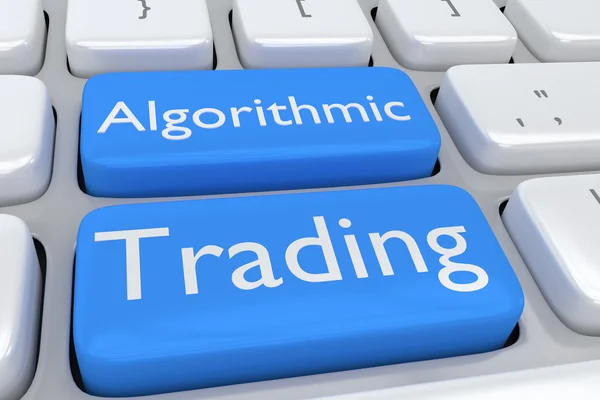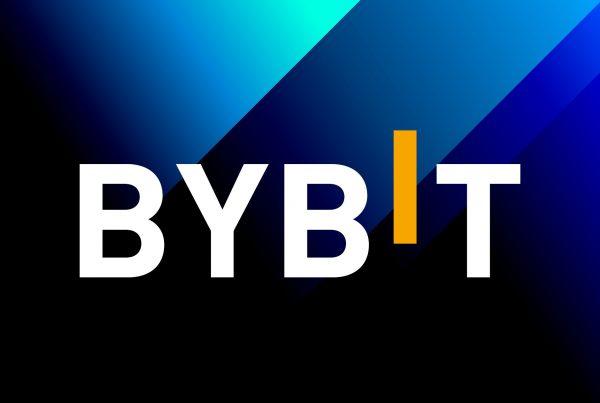
Algorithmic (algo) or automated trading is one of the most used trading systems in today’s financial market, accounting for 85% of the volumes traded in the U.S stock market. This form of trading rose to popularity in the 1990s following the transition of the stock market to an electronically-traded market. The internet has also played a fundamental role in the advancement and adoption of algorithmic trading.
So, why are the leading hedge funds and investment firms big on algo trading? Well, there are many reasons but the most basic one stems from the potential of algo trading systems compared to manually executed trades. The former leverages computing algorithms, enabling traders to set pre-coded conditions, upon which the algo trading system is tasked with execution once the conditions are met.
As far as development goes, algo trading systems have been evolving since their official debut in the 90s. Today, one can choose whether to buy or develop their algo trading systems based on the available financial market APIs. That said, the existing algo trading systems are designed to maximize the underlying market opportunities that would have otherwise been hard to capture through manual executions.
A Seamless Way to Trade Financial Markets
While most algo trading ecosystems are built for a similar purpose, they take a different approach depending on the market opportunities they seek to capitalize on. Most of the existing algo trading systems are based on two fundamental factors (when to trade and how to trade). However, the flexibility in setting pre-coded conditions has allowed traders to include more factors within their trading algorithms.
1. When to trade
With algo trading, financial market traders can integrate or purchase a trading system whose executions rely on indicators such as price, momentum and volume. Simply put, an algorithm whose underlying code relies on these factors will trigger execution when indicators meet the pre-coded conditions. The process is much faster than human execution, given that one can easily miss executing at the right time.
Algo trading systems following this logic are more prominent for capturing arbitrage opportunities. For instance, an algo trading bot can be pre-coded to maximize the difference in price listing by buying an asset cheaper and selling it at a higher price on another exchange. Additionally, it is easier to source liquidity through market-making algorithms that cut across several trading environments.
2. How to trade
The other set of algo trading systems is based on how to trade. On this front, several systems exist, including smart routing, iceberg, Time-weighted average price (TWAP) and Volume-weighted average price (VWAP) algorithms. Traders can leverage these algorithms to plan on how they take entries or exit their positions.
The smart routing algorithm is designed to automate the trading process through faster executions and finding the best rates from various exchanges. Meanwhile, the iceberg algorithm enables traders to hide large trade executions by dividing the orders into smaller quantities. TWAP and VWAP are averaging algorithms that allow traders to enter or exit positions based on the average prices or trading volumes, respectively.
The Pros and Cons of Algorithmic Trading
Like most of the innovations that exist in various industries, algorithmic trading has its fair share of wins and challenges.
Advantages
1. Logical Trading
Most traders are often overcome by emotions, making them miss out on opportunities. However, a pre-coded algorithm eliminates this bias, given that the trading bots execute are not affected by external factors. In addition, algorithmic trading can help mitigate quick-finger transaction mishaps such as omitting one figure on a buy or sell order.
2. Diversification
Unlike manually executed transitions that limit traders exposure, algorithmic trading systems allow one to operate across various niches. Essentially, a trader can run multiple computer-driven systems to maximize the available market opportunities.
3. Automation and Backtesting
As mentioned in the introduction, algorithmic trading follows an automated system. This means that traders do not have to be on their screens 24/7 to capture an opportunity; instead, the algorithm does the heavy lifting. Furthermore, it is easier to backtest several strategies based on the underlying computing knowledge and historical data.
The Downside
1. Over-optimization
While backtesting provides an opportunity to explore various strategies, it could lead to over-optimization. This is because the trading algorithm has several inputs to choose from hence increasing the probability of picking an over-complicated strategy that could lead to poor trading results.
2. Expensive and Complicated
Algo trading systems are expensive and complicated to use. It is no surprise that most successful users are either hedge funds or investment firms that have designed personalized software. For newbies, algo trading can result in losses especially if one is not familiar with the market structure, making it hard to pre-code the right entries or exits.
Algo Trading Platforms Gaining Traction in Crypto
Having narrowed down on the concept, there are several algo trading software that exists in the scope of the financial markets. The first models were available for purchase as early as the 90s, with the pioneer free-market version launching in 2008; dubbed Betterment, this algo trading system is a product of an American-based financial advisory firm.
Other notable trading platforms that feature APIs for integrating algo trading bots include Metatrader, Botsfolio, Zen Trading Strategies and Pionex. But more importantly, this form of trading has caught up with the nascent crypto ecosystem. A market whose volatility presents a significant opportunity to leverage algo trading systems.
HyperDex
HyperDex is one of the algo-focused Decentralized Finance (DeFi) management platforms. The ecosystem is designed to maximize value for DeFi users who trade crypto instruments. At the core, HyperDex features a fixed income management platform, algo trading strategy and race trading investments. Powered by its native token HYP, this DeFi management platform seeks to make the most of advanced trading algorithms.
The HyperDex algo trading strategy enables DeFi users to leverage the ecosystem’s proprietary and robust algorithm to optimize the existing opportunities. On the other hand, the fixed income management feature offers exposure to consistent gains based on stablecoin or crypto-asset deposits on HyperDex. Notably, the gains are more lucrative than the rates offered by traditional financial institutions.
Wrap Up
Trading financial markets might be a skill that is acquired over time but algo trading systems are the springboard to new heights. As highlighted in this article, algo trading dates back to the early days of an electronically-traded market. It has been around for the past three decades and seems to be getting popular by the day.
That being the case, the chances of success when using automated trading strategies are higher in nascent markets such as crypto. In traditional markets, big players have already established dominance and in most cases outperform retail algo traders. While success is not guaranteed in crypto markets, smaller fish have an upper hand in this upcoming market.
With digital assets hitting trillions of dollars in market cap, the industry will gradually pivot to more advanced trading systems. Even better, the flexibility of trading DeFi coins will lead to the integration of more optimized trading strategies. Algo trading is one of the trends and perhaps the biggest opportunity to maximize as we enter the era of decentralized markets.



